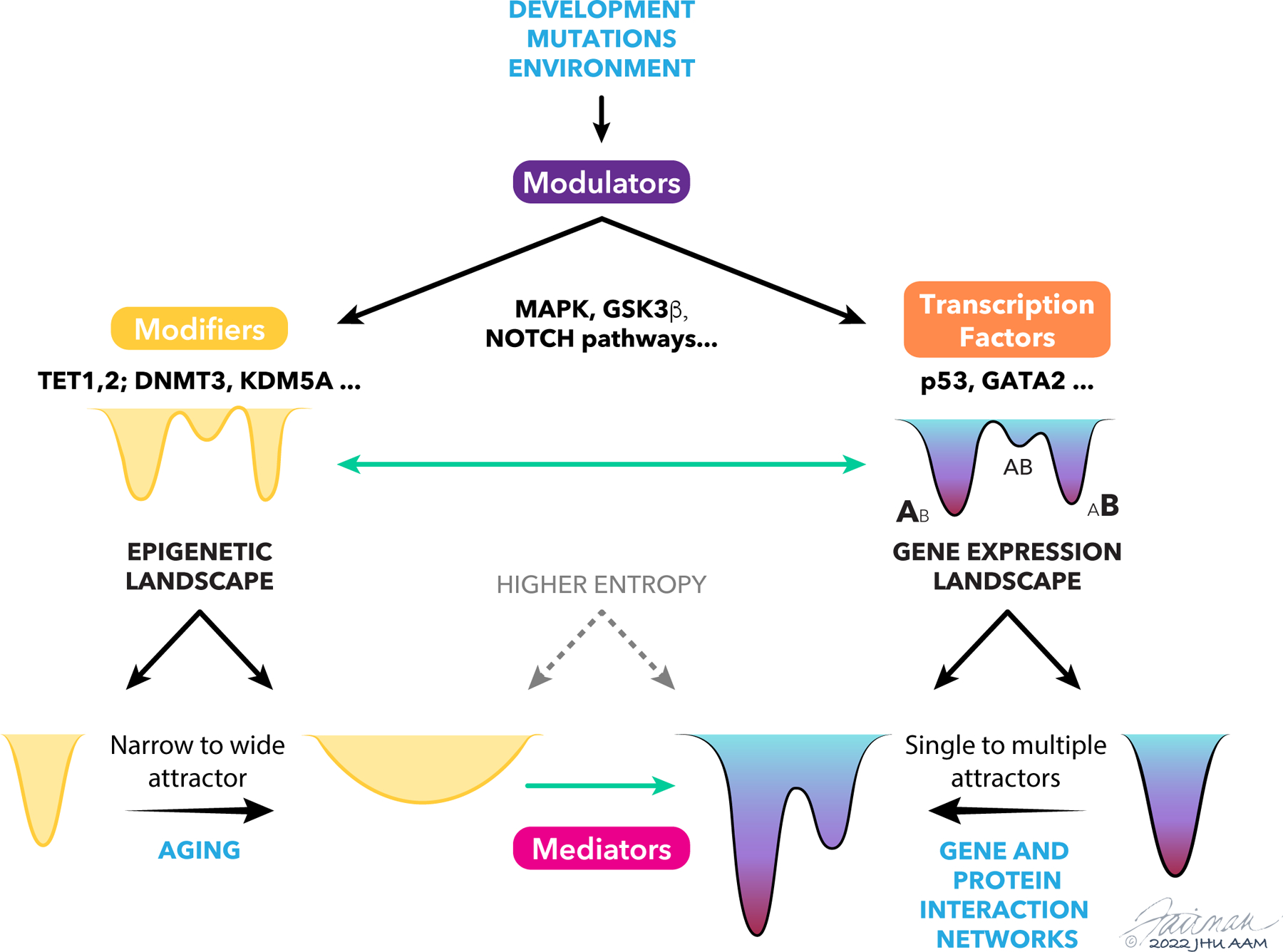Figure 2. Interplay between epigenetic and gene expression landscapes.

Developmental and environmental factors and genetic mutations can impact diverse modulators of epigenetic control and gene expression, such as signaling and cell communication networks, frequently leading to diversification of cell states. These modulators may directly impact modulators of epigenetic states, such as DNA demethylases, and gene expression, such as transcription factors, which also can directly interact with each other. Examples of these molecular regulators discussed in the text are shown here. The result is alterations of the epigenetic and gene regulation landscapes that are tightly coupled, e.g., through the action of mediators of epigenetic control, influencing accessibility of genes for regulation, and the magnitude and variability of gene expression. Certain additional inputs may be more specific to each of the landscapes, such as the epigenetic drift with cell aging primarily leading to a widening of the landscape attractors, higher plasticity and higher entropy of the state, and protein-protein interaction and gene regulatory networks, stabilizing various attractors and serving to decrease the plasticity and entropy.
